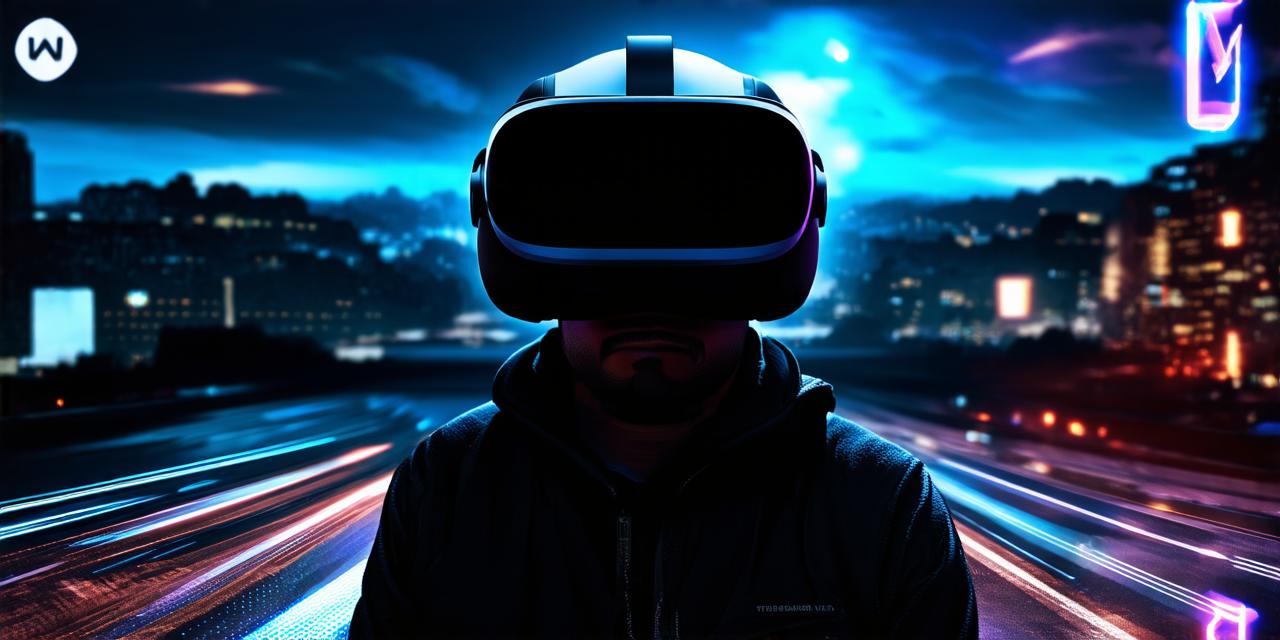Virtual Reality (VR) is an emerging technology that has gained immense popularity in recent years. It’s a computer-generated simulation of a 3D environment that allows users to interact with it as if they were physically present in the real world.
What is Virtual Reality?
Virtual Reality is an immersive technology that creates a simulated environment that can be experienced through specialized headsets or displays. It’s commonly used in gaming, education, healthcare, and training industries to create realistic experiences that engage users and enhance their learning outcomes.
Some of the benefits of Virtual Reality include:
- Increased engagement and motivation
- Improved memory retention and knowledge acquisition
- Enhanced creativity and problem-solving skills
- Reduced costs and risks associated with real-world training and education
What is Virtual Reality Streaming?
Virtual Reality Streaming is a technique used to deliver VR content over the internet, making it accessible to users without the need for specialized hardware. It’s often used in industries such as media, entertainment, and education to provide immersive experiences to a wider audience.
Some of the benefits of Virtual Reality Streaming include:
- Increased accessibility and affordability
- Enhanced user experience through reduced latency and improved graphics quality
- Opportunities for collaboration and social interaction in virtual environments
The Differences Between VR and VRS
While both Virtual Reality and Virtual Reality Streaming are immersive technologies, they differ in several ways. Here are some key differences:
- Hardware Requirements: VR typically requires specialized hardware such as headsets or displays, sensors, and cameras to create a realistic virtual environment. On the other hand, VRS can be experienced on a regular computer or device with an internet connection, making it more accessible to a wider audience.
- Content Creation: VR content is often customized to meet the specific needs of a particular industry or application, while VRS content is typically pre-produced and made available over the internet. This means that VRS content may not always be tailored to the specific needs of individual users.
- User Experience: VR provides a highly immersive experience that can be customized to meet the needs of individual users, while VRS provides a more standardized experience that may not be as engaging or personalized.
- Cost and Accessibility: VR technology can be expensive to develop and implement, while VRS is often more affordable and accessible to a wider audience.
- Applications: VR is commonly used in industries such as gaming, education, healthcare, and training, while VRS is often used in media, entertainment, and education.
Case Studies and Personal Experiences
To illustrate the differences between VR and VRS, let’s look at some real-life examples:
Virtual Reality in Healthcare
Virtual Reality has been used in healthcare to provide immersive experiences that can enhance patient outcomes and reduce costs. For example, VR technology has been used to simulate surgical procedures, allowing doctors and nurses to practice and perfect their skills before performing them on real patients. This can lead to reduced errors and improved patient safety.
Virtual Reality Streaming in Media and Entertainment
Virtual Reality Streaming has been used in media and entertainment to provide immersive experiences to a wider audience. For example, VRS technology has been used to create virtual concerts and events that can be experienced by people around the world. This allows fans to experience live music and entertainment as if they were physically present at the event.
